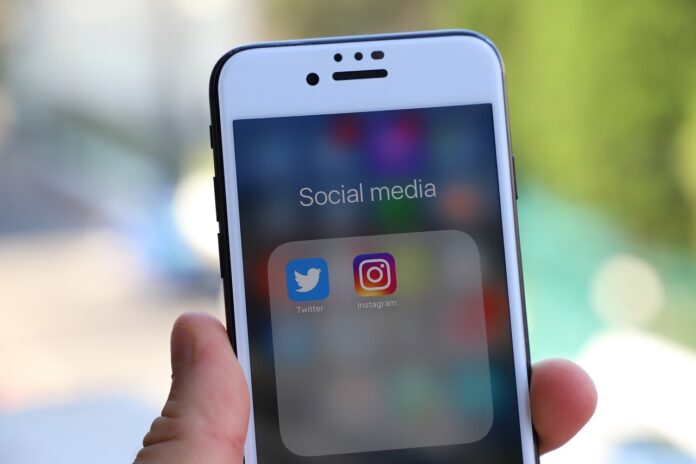The rise of social media and digital communication tools has transformed nearly every aspect of modern life, including how we form and maintain romantic relationships. Dating in the digital age is a dynamic mix of online interactions, social media presence, and the evolving norms of digital communication. While the potential to meet people has never been greater, the complexities of navigating love in this interconnected world present new challenges. Let’s take a closer look at how social media and technology influence dating and relationships today.
The Evolution of How We Meet
In previous generations, meeting a potential partner often involved introductions through friends, family, or workplace encounters. Today, apps and online platforms like Tinder, Bumble, and Hinge have become the go-to method for millions to meet girls per video chat and looking for love. With just a swipe, users can connect with people from different parts of the world, vastly expanding their dating pool.
Online dating services are praised for offering convenience and access to a broader range of potential partners. However, they also introduce their own challenges. Endless options can lead to a phenomenon known as the “paradox of choice,” where people struggle to commit due to the perception that something better may always be available. Additionally, the gamification of dating, where matches and likes become a form of validation, can sometimes shift focus from genuine connections to superficial ones.
The Role of Social Media in Relationships
Once a relationship starts, social media continues to play a significant role in its progression. Platforms like Instagram, Facebook, and TikTok have normalized the idea of publicly sharing personal moments, and many couples now document their relationships for followers and friends to see. While this can foster a sense of connection and shared experience, it can also create pressure to portray a “perfect” relationship online.
Public displays of affection (PDAs) on social media can sometimes serve as a way to validate the relationship or to manage public perception. This pressure to present an idealized version of one’s relationship can lead to feelings of inadequacy when the realities of everyday life don’t match the curated perfection seen online. Moreover, comparing one’s relationship to others – based on posts that may only show the highlights – can cause unnecessary tension and insecurity.
Another issue arises from the “digital footprint” couples leave behind. Past relationships are often preserved through old photos, status updates, or comments that remain online. This can cause discomfort for new partners and introduce complications when moving on from previous relationships.
The Impact on Communication
Technology has also revolutionized how couples communicate, with messaging apps, video calls, and social media making it easier to stay in touch. However, these tools come with their own set of issues. Miscommunication can be more frequent through texts, where tone and context are often lost. A message intended to be playful or humorous may be interpreted as offensive or cold, leading to misunderstandings.
The rise of “phubbing” (phone snubbing) is another challenge in modern relationships. This occurs when someone prioritizes their phone over the person they’re physically with, often leading to feelings of neglect or frustration. While constant connectivity can enhance communication, it also requires boundaries to ensure that both partners feel valued and heard in face-to-face interactions.
Digital Transparency and Trust
Trust is a cornerstone of any relationship, and the digital age brings both new opportunities and challenges in this area. On the positive side, technology can foster transparency between partners – some couples share passwords, access each other’s phones, or connect on location-sharing apps as a show of trust.
On the other hand, this increased connectivity can lead to feelings of surveillance or paranoia. Checking a partner’s social media activity or text messages can foster jealousy or mistrust, especially if boundaries and expectations about privacy aren’t clearly defined. Social media also makes it easier to keep tabs on ex-partners, fueling insecurities and unnecessary comparisons.
The Future of Digital Dating
Looking forward, the integration of artificial intelligence, virtual reality, and augmented reality into the dating landscape will further shape how people connect and form relationships. AI-driven matchmaking algorithms are becoming more advanced, promising to connect people based on deeper compatibility. At the same time, virtual and augmented reality technologies are beginning to offer immersive dating experiences, where couples can go on “virtual dates” without ever leaving their homes.
While these innovations are exciting, they also raise important questions about authenticity and the value of in-person connections. As technology continues to evolve, striking a balance between digital convenience and genuine emotional connection will be key to maintaining healthy relationships in the future.
Conclusion
Dating in the digital age is a double-edged sword. On the one hand, technology and social media offer unprecedented opportunities to meet people and stay connected. On the other, they introduce new challenges in terms of communication, trust, and the pressures of maintaining an online presence. As our digital lives become increasingly intertwined with our personal ones, finding ways to balance authenticity and connectivity will be essential to building lasting, meaningful relationships.










